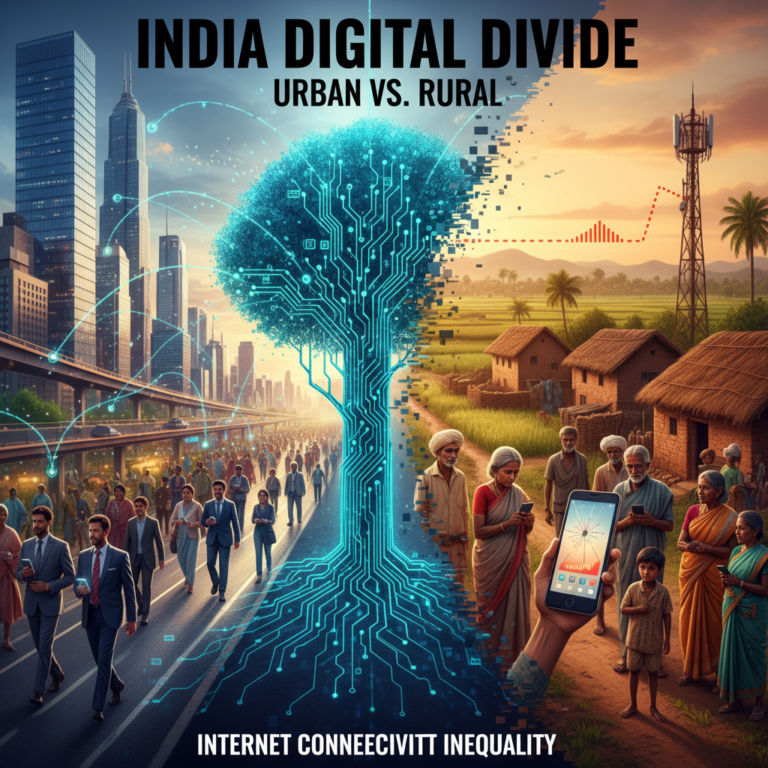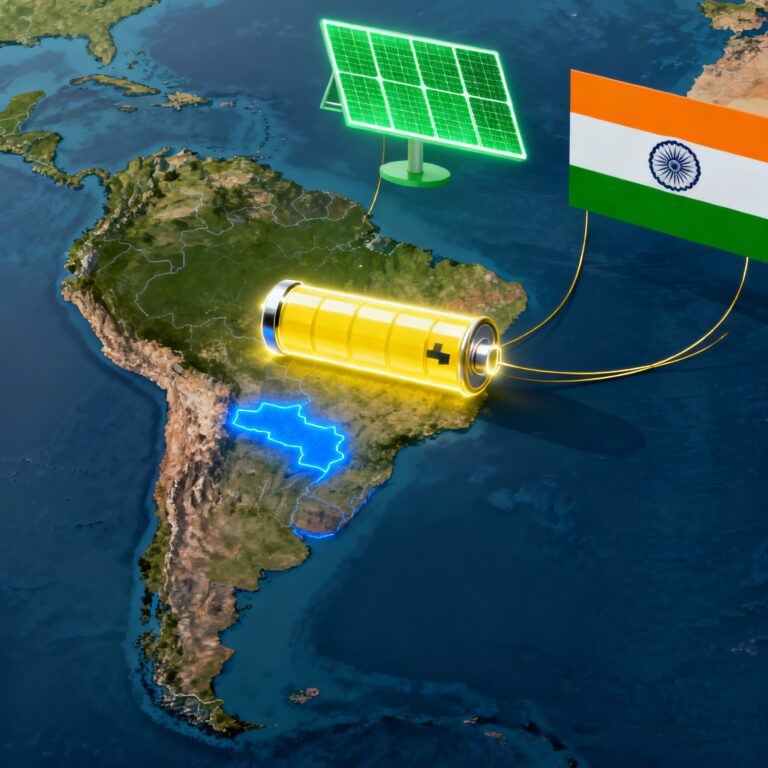Gist of the Blog:
- The IPCC’s Sixth Assessment Report highlights a disturbing rise in the frequency, duration, and intensity of heatwaves across South Asia.
- Climate change is no longer a future threat but a present danger affecting India’s weather patterns, including monsoon months.
- Scientists warn that heatwaves may span larger regions and occur even when rains are expected, disrupting agriculture, health systems, and urban infrastructure.
- Indian cities and rural areas alike are increasingly vulnerable, with urban heat islands intensifying the problem.
- Adaptive measures, early warning systems, and urban design interventions are crucial.
- Climate action at local, national, and international levels is the only sustainable path forward.
Introduction
In recent years, India has experienced a disturbing rise in extreme weather events, and among the most alarming is the intensification of heatwaves. No longer confined to the dry summer months of April and May, these lethal stretches of scorching temperatures are now seeping into the monsoon season. According to the Intergovernmental Panel on Climate Change (IPCC)’s Sixth Assessment Report (AR6) and a host of recent scientific studies, South Asia, particularly India, is on the frontline of this climatic upheaval. Scientists are sounding the alarm: the heatwaves will get longer, deadlier, and more widespread unless urgent action is taken.
What Are Heatwaves and Why Are They Dangerous?
A heatwave is typically defined as a prolonged period of abnormally high temperatures, often accompanied by high humidity. In India, the India Meteorological Department (IMD) classifies a heatwave when the maximum temperature touches or exceeds 40°C in the plains or 30°C in hilly areas. These events are not just uncomfortable; they are deadly.
Consequences of heatwaves:
- Increased mortality, particularly among the elderly, children, and outdoor workers
- Stress on electricity grids due to rising cooling demands
- Water shortages
- Reduced agricultural productivity
- Urban air pollution and health emergencies
IPCC’s Sixth Assessment Report: Red Flags for South Asia
The IPCC’s AR6 is the most comprehensive scientific assessment of climate change to date. According to the report:
- South Asia will experience “strongly increasing heat stress” in coming decades.
- Heatwaves will become more frequent and prolonged, extending beyond traditional summer months.
- Even monsoon seasons, traditionally associated with cooling rains, will no longer offer reprieve.
“What we once considered exceptional is fast becoming the new normal,” notes Dr. Roxy Mathew Koll, a climate scientist at the Indian Institute of Tropical Meteorology (IITM).
Why Are Heatwaves Penetrating the Monsoon?
Traditionally, India could rely on the southwest monsoon to bring rains and cool the land after an intense summer. But this pattern is changing.
Key scientific reasons include:
- Weakened monsoon winds: These result in delayed and uneven rainfall.
- Land-atmosphere feedback loops: Drier soils heat up faster, reinforcing the heatwave.
- Atmospheric blocking patterns: Prevent cloud formation and rainfall.
- Urban heat islands: Cities retain more heat, worsening conditions locally.
Case Studies: Heatwave Events in India (2022-2024)
- March-May 2022: India recorded its hottest March in 122 years, with over 200 deaths attributed to heat-related illnesses.
- June 2023: Cities like Delhi and Jaipur reported heatwave conditions even during the onset of monsoon rains.
- April-May 2024: Unseasonal dry spells and temperatures reaching 46°C in parts of Telangana and Odisha.
These examples underscore the shift in climate behavior and hint at a future where heatwaves become year-round hazards.
The Urban-Rural Divide: Who Suffers More?
Urban areas suffer from the urban heat island effect, where concrete, glass, and asphalt trap heat. However, rural regions, lacking proper healthcare, early warning systems, and cooling infrastructure, often see higher mortality.
Disproportionate impact on:
- Daily wage laborers
- Farmers
- Children and elderly
- Women, especially those working outdoors
Impacts on Agriculture, Health, and Economy
Agriculture:
- High heat reduces crop yields, particularly wheat and rice.
- Increases pest proliferation and reduces soil moisture.
Public Health:
- Rise in heatstroke and cardiovascular incidents
- Aggravation of respiratory conditions
- Mental health impacts
Economy:
- Increased healthcare expenditure
- Loss in productivity due to reduced working hours
- Insurance and disaster relief costs escalating
Adaptation Measures: What Can Be Done?
Short-Term:
- Expand heat action plans (HAPs) to more cities and rural areas
- Develop early warning systems and public advisories
- Build community cooling centers
Medium-Term:
- Promote green roofs and reflective building materials
- Increase tree cover in urban areas
- Revise labor laws to prevent work during peak heat hours
Long-Term:
- Shift to climate-resilient infrastructure
- Integrate climate data into urban planning
- Invest in renewable energy to reduce emissions
India’s Policy Response and Gaps
India launched the National Action Plan on Climate Change (NAPCC) and regional State Action Plans (SAPCCs), but execution has been uneven.
Gaps include:
- Lack of integration between local bodies and central plans
- Poor public awareness
- Inadequate funding and monitoring
However, notable initiatives exist:
- Ahmedabad Heat Action Plan (2013)
- Pune and Nagpur’s smart city cooling strategies
Global Context: How India Compares
Heatwave patterns are intensifying worldwide, but India is among the worst hit due to:
- High population density
- Tropical climate
- Inadequate urban planning
Countries like France and Australia have advanced early warning systems and building codes. India can learn from these.
Climate Change Is the Root Cause
Rising greenhouse gas emissions are trapping more heat in the atmosphere. The IPCC warns that unless global temperatures are capped at 1.5°C above pre-industrial levels, heatwaves will become routine disasters.
India, being a signatory to the Paris Agreement, has committed to net-zero emissions by 2070. Achieving this is vital for reducing the risk of extreme weather events.
Conclusion: Time to Act Is Now
India stands at a climatic crossroads. Heatwaves are not a future threat but a clear and present danger. The monsoon season can no longer be relied upon to bring relief. From scientific evidence to real-world events, all signs point toward an increasingly hostile climate.
The solution is two-pronged: adaptation and mitigation. While we prepare our cities, systems, and citizens for the harsh realities of extreme heat, we must also tackle the root cause—global warming. Delay is not an option. Resilience, innovation, and collective action are our best hope.
Suggested Readings and References:
Increasing Heatwaves Threaten Lives Across India
IPCC | Sixth Assessment Report
IMD Annual Climate Reports









+ There are no comments
Add yours